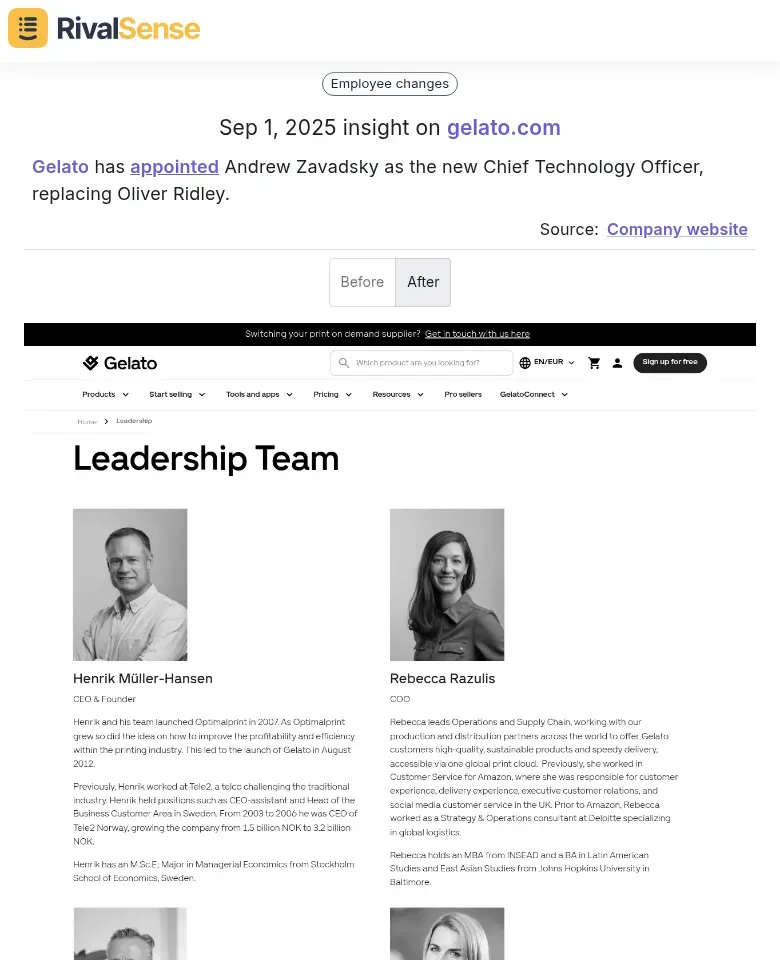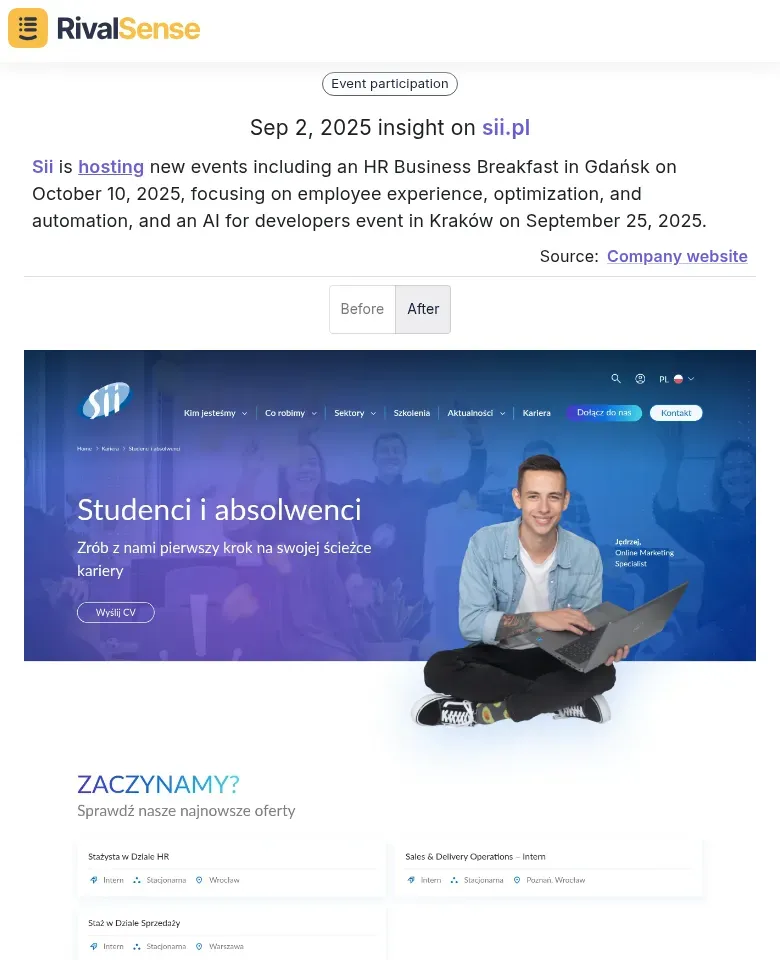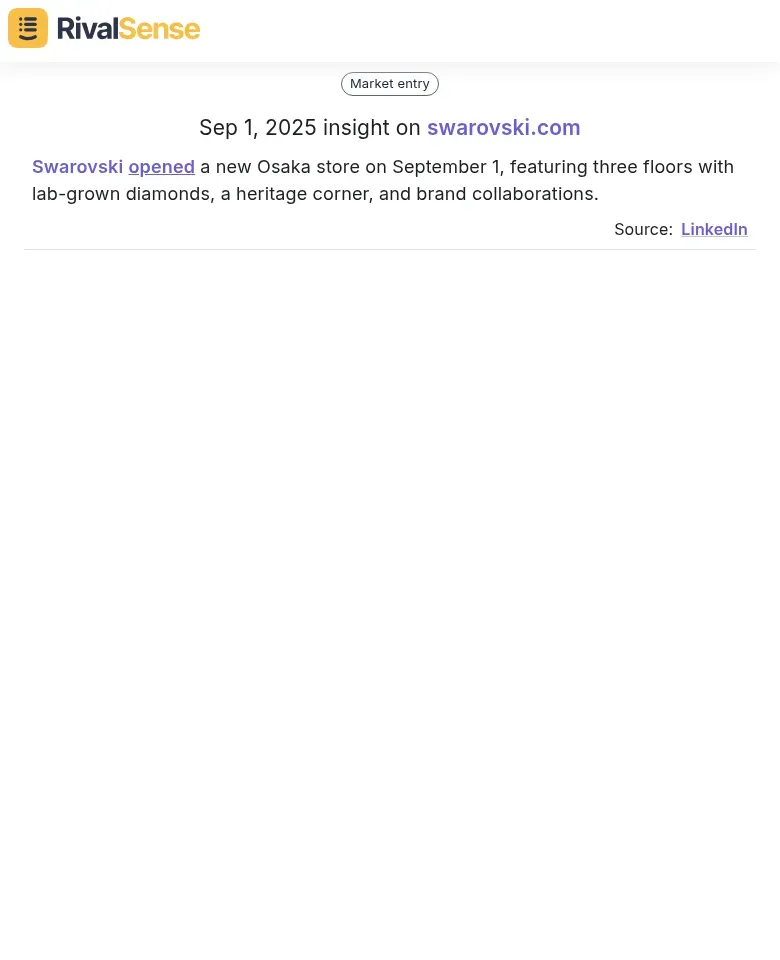7 CRM Integration Mistakes Systems Software Developers Must Avoid (+ How to Fix Them)
Introduction to CRM Integration Challenges
CRM integration is the backbone of modern business efficiency, connecting customer relationship management systems with other critical applications to eliminate data silos and streamline operations. For systems software developers, this integration presents significant challenges that can derail projects and impact ROI.
Common pitfalls include poor data quality management, inadequate security protocols, scalability limitations, and technical complexity from diverse APIs and data structures. These mistakes directly affect operational performance—data inconsistencies lead to customer service failures, security gaps risk compliance violations, and poor scalability hampers growth.
🚀 Practical tip: Start with a comprehensive data audit and establish clear integration requirements before development. Use pre-built connectors where possible and implement automated testing protocols to catch issues early. Remember, successful CRM integration isn't just about technical execution—it's about creating seamless workflows that deliver measurable business value through improved customer experiences and operational efficiency.
Technical Implementation Mistakes
Ignoring expertise and rushing customizations is a recipe for disaster. Don't attempt complex integrations without certified developers—start with standard configurations and phase customizations gradually.
✅ Checklist:
- Hire certified CRM developers
- Begin with out-of-box functionality
- Implement changes in controlled phases with user feedback loops
Neglecting data quality creates systemic issues that compound over time. Before integration, conduct comprehensive data audits and establish validation rules.
🔧 Practical steps:
- Run data quality assessments using tools like Data Ladder
- Implement real-time validation at entry points
- Create automated cleansing workflows for duplicates and inconsistencies
Overlooking scalability leads to performance bottlenecks as your business grows. Design integrations with future volume in mind—use API rate limiting, implement caching strategies, and conduct load testing.
📊 Key considerations:
- Test with 2-3x current data volume
- Implement pagination for large datasets
- Monitor integration performance metrics continuously
Security and Compliance Oversights
Security and compliance oversights in CRM integrations can lead to catastrophic data breaches and regulatory penalties. Failing to implement robust data security measures is the most common mistake—developers often overlook end-to-end encryption for data in transit and at rest, leaving sensitive customer information vulnerable.
🔐 Always use: AES-256 encryption and implement multi-factor authentication as baseline security protocols.
Neglecting compliance with regulations like GDPR or CCPA exposes companies to massive fines (up to 4% of global revenue under GDPR).
📝 Practical steps:
- Conduct comprehensive data mapping to identify all personal data flows
- Implement privacy-by-design principles from the outset
- Establish clear data retention schedules with automated deletion protocols
- Ensure your CRM supports all eight data subject rights with 30-day response capabilities
Inadequate handling of data breaches compounds the damage. Create a detailed incident response plan with these essential components: immediate identification procedures, containment strategies (short-term isolation and long-term fixes), eradication protocols to remove threats completely, and recovery plans with validated system integrity checks.
⚠️ Critical: Establish communication protocols for internal teams, customers, and regulators—GDPR requires breach notification within 72 hours. Regular security audits and penetration testing should be mandatory, not optional.
Strategic Insight: Why Tracking Executive Changes Matters

Gelato has appointed Andrew Zavadsky as new Chief Technology Officer, replacing Oliver Ridley.
Executive changes like this can signal major strategic shifts in technology direction, partnership approaches, or product development priorities. Monitoring competitor leadership changes helps you anticipate new integration patterns, technology stack changes, or security protocol updates that might affect your own CRM integration strategy.
User Adoption and Change Management Errors
User adoption and change management are critical yet often overlooked aspects of CRM integration. Skipping comprehensive training and user support is a fatal mistake—develop role-specific training modules, create video tutorials, and establish a dedicated support channel.
🔄 Avoid: Forcing old processes into new systems without adaptation leads to resistance; instead, map existing workflows to the CRM, identify gaps, and redesign processes to leverage new capabilities.
Failing to engage all stakeholders and manage resistance causes implementation failure. Create a stakeholder engagement plan: identify champions, conduct regular feedback sessions, and address concerns proactively.
✅ Practical checklist:
- Develop phased training with hands-on exercises
- Customize CRM to mirror optimized processes, not outdated ones
- Form a change management team with representatives from all departments
- Use pilot groups to test and refine before full rollout
- Implement feedback loops and reward early adopters to build momentum
Strategic Insight: Why Monitoring Events Matters

Sii is hosting new events including an HR Business Breakfast in Gdańsk on October 10, 2025, focusing on employee experience, optimization, and automation, and an AI for developers event in Kraków on September 25, 2025.
Tracking competitor events provides valuable intelligence about their focus areas, partnership strategies, and technology priorities. This information can help you anticipate new integration requirements or identify emerging trends that might impact your CRM ecosystem strategy.
Testing and Quality Assurance Neglect
Testing and Quality Assurance Neglect is a critical mistake that can derail even the most sophisticated CRM integrations. Skipping comprehensive testing phases leads to production failures that damage customer relationships and business operations.
✅ Practical Testing Checklist:
- Integration Testing: Verify data synchronization between CRM and third-party systems using realistic test scenarios
- Error Handling: Test edge cases like API timeouts, invalid data formats, and network failures
- Performance Testing: Simulate peak loads with 2x-3x expected user volumes and data volumes
- Regression Testing: Ensure new integrations don't break existing functionality
❌ Key Steps to Avoid:
- Don't skip end-to-end integration testing - validate data flows across all connected systems
- Never overlook negative testing scenarios - test what happens when things go wrong
- Avoid testing with unrealistic data - use production-like datasets with varied formats
- Don't neglect monitoring integration points post-deployment
📈 Performance Testing Tips:
- Test under varying data loads (small, medium, enterprise-scale datasets)
- Measure response times during concurrent user access
- Validate system behavior during API rate limiting scenarios
- Monitor memory usage and database performance during integration spikes
Proper testing ensures your CRM integration handles real-world complexity while maintaining data integrity and system stability.
Strategic Insight: Why Tracking Physical Expansions Matters

Swarovski opened a new Osaka store on September 1, featuring three floors with lab-grown diamonds, a heritage corner, and brand collaborations.
Physical expansion moves like this often precede changes in CRM strategies, as companies need to integrate new point-of-sale systems, inventory management, and customer data from new locations. Monitoring competitor expansions can help you anticipate their evolving integration needs and prepare your own systems accordingly.
Best Practices for Successful CRM Integration
For successful CRM integration, adopt a phased approach starting with high-impact use cases. Begin with pre-built connectors to accelerate implementation—they can reduce development time by 40-60% compared to custom solutions.
⚡ Implement: Real-time data synchronization using webhooks instead of polling to eliminate delays that cost businesses 15-20% in lost opportunities. Ensure mobile integration by designing responsive APIs that work seamlessly across devices.
Establish clear ROI metrics from day one: track time saved on manual data entry, reduction in duplicate records, and improvement in lead response times.
✅ Use this checklist:
- Define specific integration goals
- Select appropriate technical approach (API/iPaaS)
- Map data fields meticulously
- Implement error handling
- Conduct thorough testing including UAT
Continuously monitor performance and gather user feedback for iterative improvements, ensuring your integration evolves with business needs.
Stay Ahead with Competitive Intelligence
Successful CRM integration requires not just technical excellence but also strategic awareness of your competitive landscape. Understanding what your competitors are doing—their technology changes, executive appointments, expansion plans, and event strategies—can provide crucial insights for your own integration roadmap.
🔍 Try RivalSense for free to get comprehensive competitor intelligence delivered in weekly reports. Track product launches, pricing changes, executive movements, and expansion strategies—all the insights you need to make informed decisions about your CRM integration strategy. Get your first competitor report today!
📚 Read more
👉 How Supliful's Rebranding Uncovered Hidden Competitor Growth Opportunities
👉 Real-World Competitor Intelligence: How Internet Monitoring Drives Strategic Advantage
👉 Actionable Step-by-Step Guide to Uncover Banking Competitor Sales Tactics
👉 How Tracking Competitor Production Shifts Can Reveal Market Opportunities
